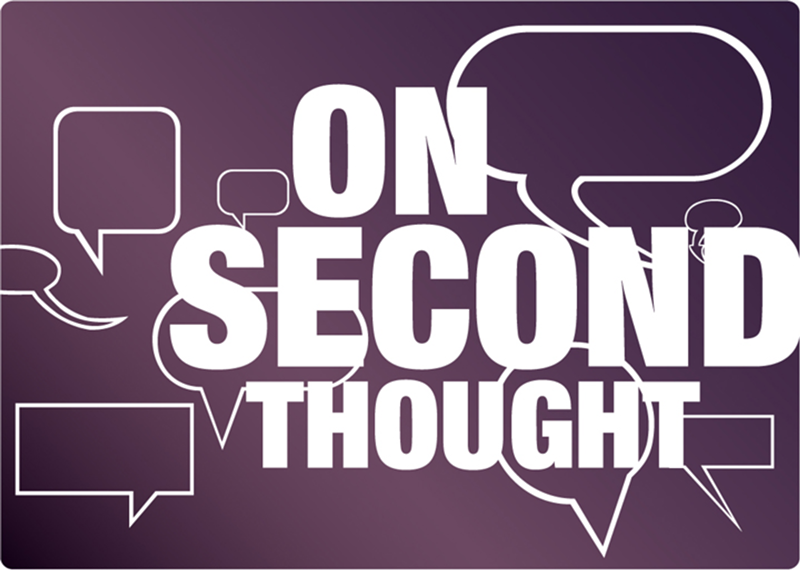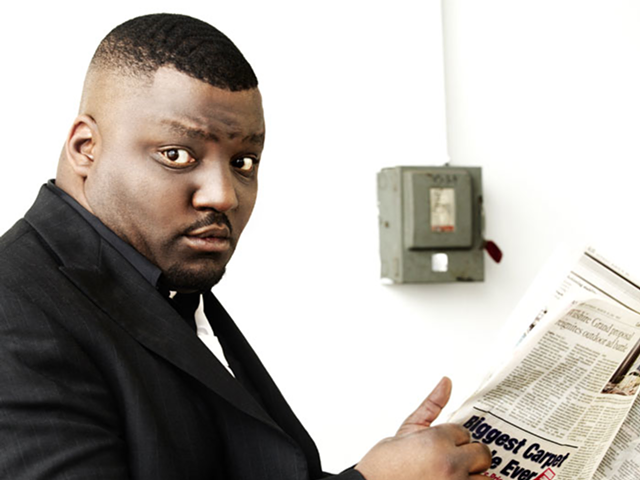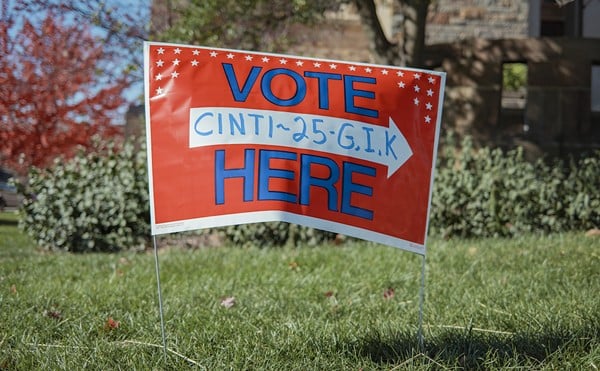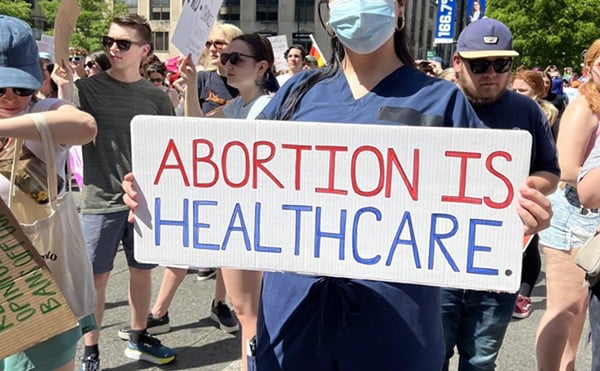A common lapse involves “blackbird journalism.” It takes its name from birds sitting on a utility wire. When one flies off, the rest usually follow. You can tell when it happens: read and listen. Reporters and editors surrender our skepticism to a fear of being left behind or left out.
We uncritically embrace the latest conventional wisdom offered by men and women we anoint as experts. An example would be the increasingly popular blaming of the news media for copycat crimes.
It demonstrates the American desire for a simple answer to a complex question: If news media downplay the identity and image of a shooter, some lethal loony will not commit mass murder.
Our chosen experts disagree on the role that news media play, but none that I found demonstrated how using the name and image of mass shooters or killers causes massacres.
Maybe it’s just coincidence. More likely, news coverage triggers dangerously unhinged and narcissistic Americans who want a moment of fame. Whatever the reason, the phenomenon has a name: copycat crime.
I took an interest in copycat killings in 1982 when I was a visiting professor at UC teaching reporting courses. That was the year of the “Tylenol Scare.” Someone poisoned Johnson & Johnson’s Extra-Strength Tylenol capsules with potassium cyanide. It killed at least seven people who bought Tylenol from different factories and Chicago-area stores.
The killer was never identified. We have no idea of his — and it’s usually a man in these cases — motivation or whether something he heard or read in the news media inspired him.
In 2009, the FBI reopened its investigation and found no answers. Time Magazine said, “the U.S. Food and Drug Administration tallied more than 270 different incidents of product tampering in the month following the Tylenol deaths. Pills tainted with everything from rat poison to hydrochloric acid sickened people around the country.”
My UC students and I informally tracked the rise and fall of coverage of copycat crimes in that pre-Internet era, using the Wall Street Journal and New York Times.
Our unscientific conclusion: When coverage waned, so did copycat crimes.
Our unscientific doubt: Coverage might have waned because there were fewer copycat poisonings.
Coincidentally, some editors had joined the blackbirds flying off the wire, cackling about not wanting to cause the next crime. Other journalists said copycat crimes became old news and it no longer was anything their readers and listeners needed to know about.
Today, we still don’t know why copycat poisoning fell off. Maybe it was the industry’s adoption of tamper-proof packaging. Maybe the pool of nut cases likely to poison strangers exhausted itself.
Most likely, more than one of the above and some factors we haven’t considered. Without persuasive evidence, we still don’t know if news coverage causes copycat poisonings. What we had was coincidence.
Which brings me back to news media after mass shootings and mass killings. There’s always some activist or aspiring academic willing to blame news media coverage of earlier crimes for the latest shootings. Given how many mass shootings and mass killings Americans suffer each year, how do you prove that? You don’t; often, the shooter is dead by suicide or killed by cops.
That doesn’t stop well-meaning officials from announcing they won’t speak the name of the unspeakable killer. In their minds, they’re denying him the fame they believe he sought.
“I will not give him the credit he probably sought prior to this horrific and cowardly act,” Sheriff John Hanlin said of the Umpqua Community College killer.
That sheriff’s not unique. Maybe, before radio and television, withholding a name might have been possible for a while, but not today. The killer’s ID quickly was online.
Vanderbilt University professor Jonathan Metzl called the effort to withhold or ignore shooters’ names understandable, but misguided. Knowing the names “and their histories lets us better understand the larger social patterns, policies and tensions leading up to their crimes,” he said.
A survey by the AP found that “criminologists and ethicists worry that withholding names will make it harder to assess a mass killer’s motivations and spot trends that could help prevent future violence.”
On the other hand, Mother Jones magazine said there can be an explicit link between news media coverage and the troubled men and women responsible for mass shootings and killings. Its experts said that when they talked to those arrested for the shootings and killings, many admired the 1999 massacre of students at Columbine High School and knew the names of the two killers.
Proof of causation? No. Reason to withhold names and images? No. They didn’t say how many of those same arrested shooters did not cite Columbine or some other mass shooting or killing.
Andre Simons, an FBI threat assessment specialist, told Mother Jones that since 2012, “Evidence amassed by the FBI and other threat-assessment experts shows that perpetrators and plotters look to past attacks both for inspiration and operational details, in hopes of causing even greater carnage.”
Mother Jones continued, saying, “As they plan to strike, many mass shooters now express their desire for fame in comments and manifestos posted online.” We know this from writings or recordings left behind.
The FBI’s Simons also said shooters “do this to claim credit and to articulate the grievance behind the attack. And we believe they do it to heighten the media attention that will be given to them, the infamy and notoriety they believe they’ll derive from the event.”
Whatever their delusions or obsessive grievances, many perpetrators are keenly aware of how their actions will
be seen by the media and the public, Mother Jones continued.
• Attackers’ names should be used minimally — and their images even less so.
• Stop using the term “lone wolf” and “school shooter” because these can make shootings seem cool.
• Instead, use such terms as “an act of lone terrorism” or “an act of mass murder.”
CONTACT BEN L. KAUFMAN: [email protected]






